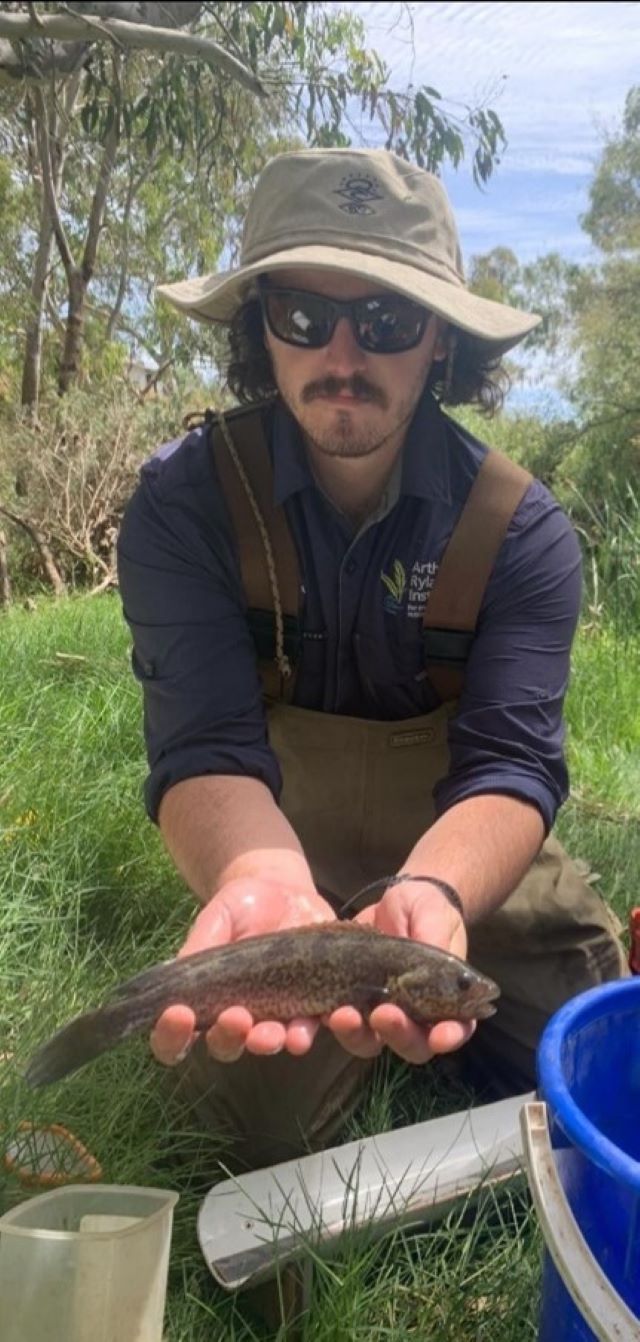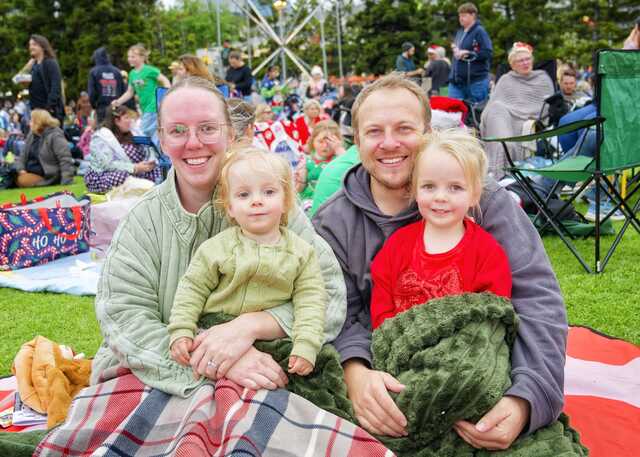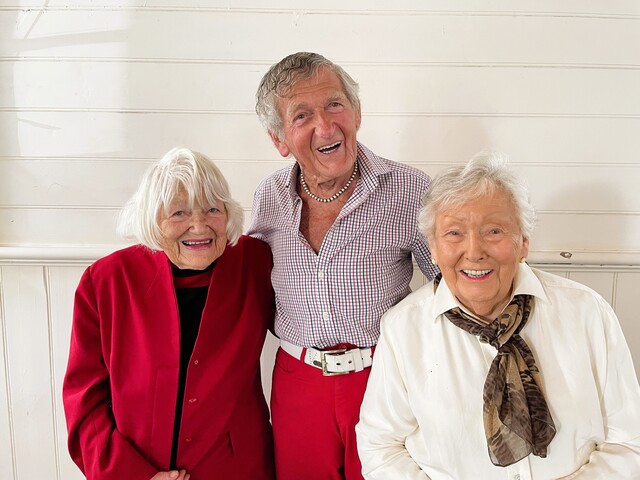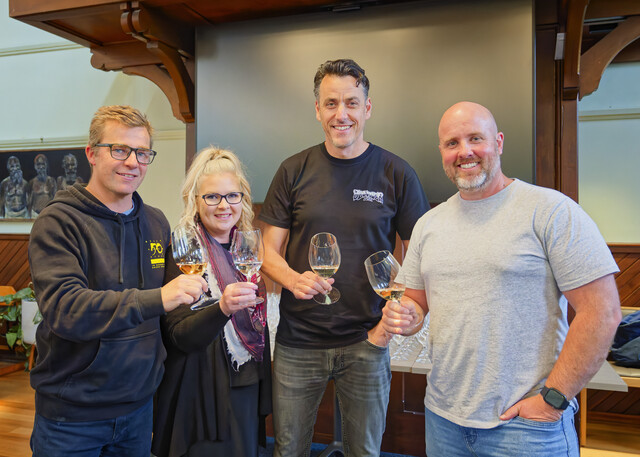An environmental monitoring program will use electrofishing procedures to collect data on the Barwon River to assist with assessing its health and guiding future management of the waterway.
The Department of Energy, Environment and Climate Action’s Arthur Rylah Institute will conduct the electrofishing surveys over the next two years, supported by Barwon Water and the Corangamite Catchment Management Authority (CMA).
The surveys will focus on understanding the health of the Upper Barwon Rivers’s fish populations to provide a reference point for future decision-making regarding the river’s health.
Arthur Rylah Institute scientist Lauren Johnson explained that electrofishing passes an electrical pulsed current through the water, stunning fish so that they can be netted, identified and weighed.
“Fish recover quickly and are released back into their environment unharmed,” she said.
“The Arthur Rylah Institute use this fish survey method to monitor fish species across Victoria as part of a number of monitoring projects including the Victorian Environmental Flows Monitoring and Assessment Program and the Native Fish Report Card Program. “
Corangamite CMA chief executive Amber Clarke said the fish sampling information would help guide and inform future management decisions.
“This data is an important snapshot in time of the status of fish populations in the Barwon River,” Ms Clarke said.
“When these surveys are repeated, we’ll be able to track if populations are improving in response to the collective efforts made by landholders, government agencies, citizen scientists, Traditional Owners and Landcare groups to improve the health of the Barwon River.”
Barwon Water managing director Shaun Cumming said the $80,000 in funding provided by his organisation aligned to the commitment in Strategy 2030 to deliver a healthier environment for all.
“We know how much our customers and the local community value the environment and healthy local rivers, which is one of the reasons we’re pleased to support this work,” he said.
“The data gathered over the next two years will help get the best outcome for the upper Barwon River into the future.”









